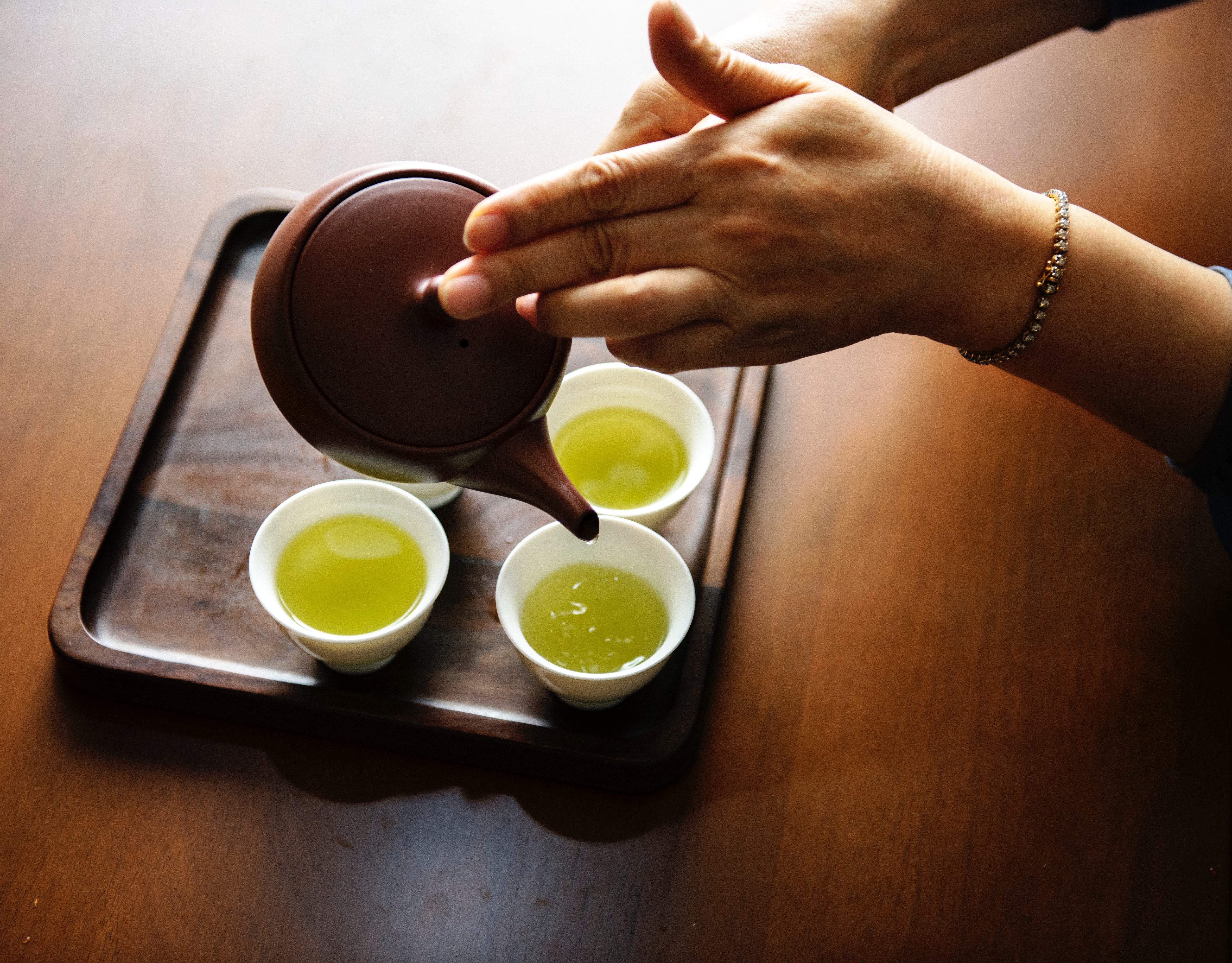Camellia Sinensis is the name of the plant that a hundred types of tea came from. This plant is originally native to Asian countries but is currently cultivated around the world in tropical and subtropical areas. Like wine and coffee, each reap of tea will differ year to year because of changes in climate, rainfall, and other seasonal conditions.
Tea is known as the most consumed beverage in the world next to water, and it has over 3,000 different kinds. The most common categories used today are green, white, oolong, black and fermented.
White Tea
White tea undergoes the least processing of all teas but the process is quite delicate. It requires strict consideration from tea producers. It is in China where they are traditionally cultivated. These days, other teas developing districts like Darjeeling and Sri Lanka have started to develop white tea, with a goal to endorse white tea’s developing fame.
White Teas are valued for their gentle nuances, complexity and natural sweetness. They also have the most delicate flavor and aroma.
https://www.instagram.com/p/Bed6AL8nIJ4/?tagged=whitetea
Green Tea
This type of tea keeps its vital color because it is unoxidized. To avert oxidization, the leaves are heated to take out the enzyme in charge of oxidization. In Japan, they steam the leaves at a very high temperature, while in China they do this by roasting or pan-firing the leaves. Both processes tend to bring out a more distinct flavor from the tea leaves.
Green teas that have been steamed contain more dampness and are more fragile. They also tend to create more refined flavors with many undertones and accents that experts treasure.
Black Tea
The most well-known variety of tea in the west is Black tea, also known as “Red tea” in China. This kind of tea undergoes full oxidation, which results in dark brown and black leaf characteristic. Though it is originally cultivated in China, this tea is now available worldwide.
The black tea leaves are plucked and allowed to wither. They are then rolled and crushed by hand or by machine. This activates the oxidation processes and the leaves can turn black. Finally, they are fired in ovens to stop the oxidation process.
Oolong Tea
This kind of tea, also known as Wu Long Tea, undergoes partial oxidation and is classified as mid-way between green and black tea. The caffeine substance and cancer prevention agent level is likewise mid-way between that of green and dark teas, making them very healthy and attractive. An exceptionally most loved and wanted tea among specialists, all oolongs hail from either China or Taiwan.
It is a direct result of the multifaceted nature of this procedure that oolong teas can have the most extensive exhibit of flavors and smells. Besides, oolongs can be soaked a few times, with each progressive implantation having its own particular unmistakable taste and aroma.
https://www.instagram.com/p/Befmc_GhDRi/?tagged=oolongtea
Pu’er Tea
This is a type of tea that is aged and fermented. Pu’er teas comprise of bigger leaves that can be matured for quite a while. Regularly, the most exceptionally prized Pu’er teas will really have a light dusting of mold. Pu’er leaves are normally packed into different shapes before being aged.
Pu’er tea is extremely smooth in taste and can be significantly darker than black tea. This is a normally an aged tea, and, if put away appropriately, the more established the tea, the better the flavor.










